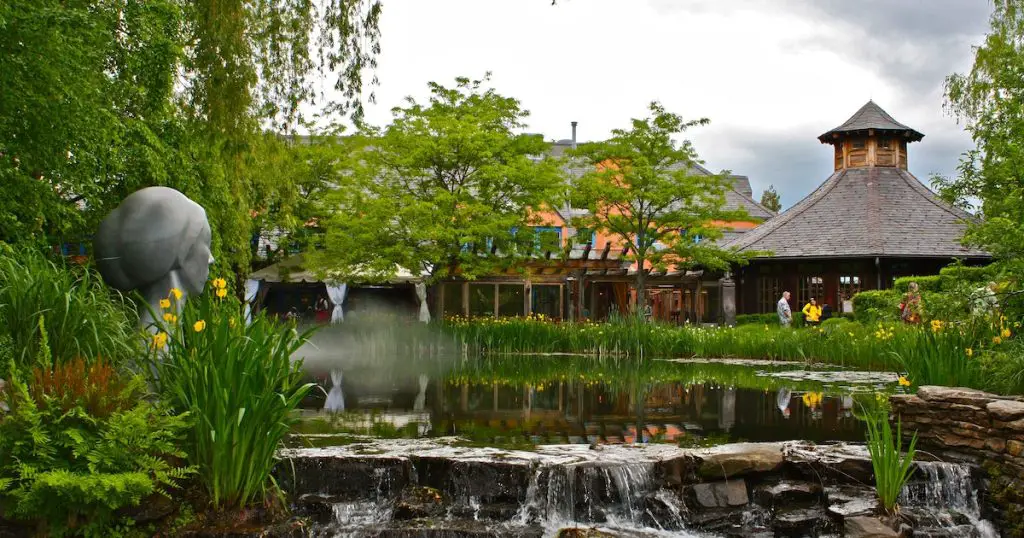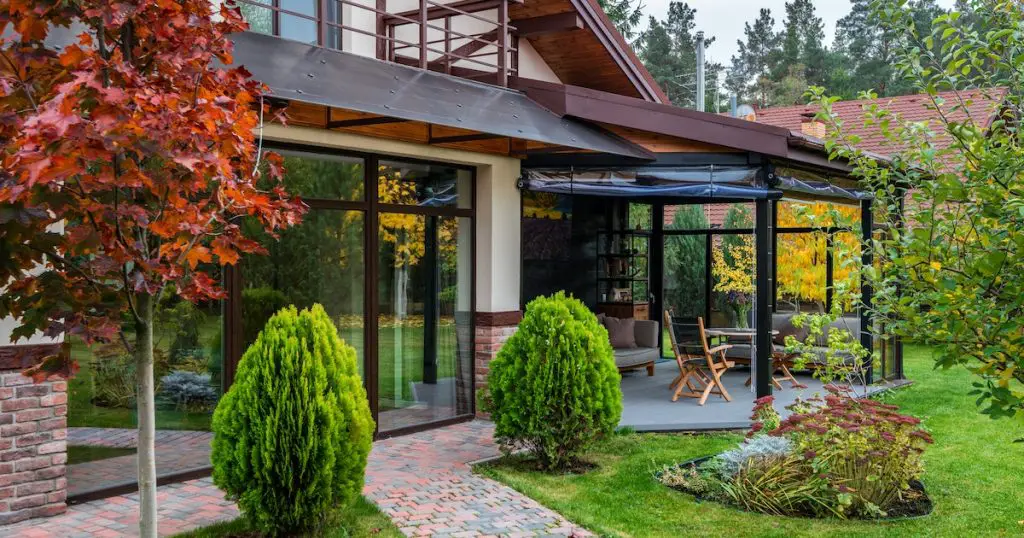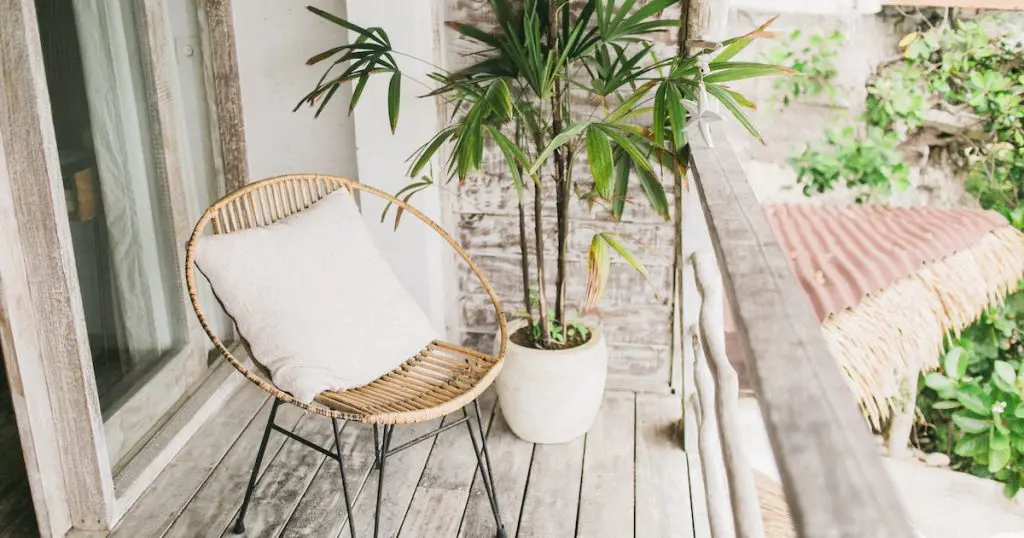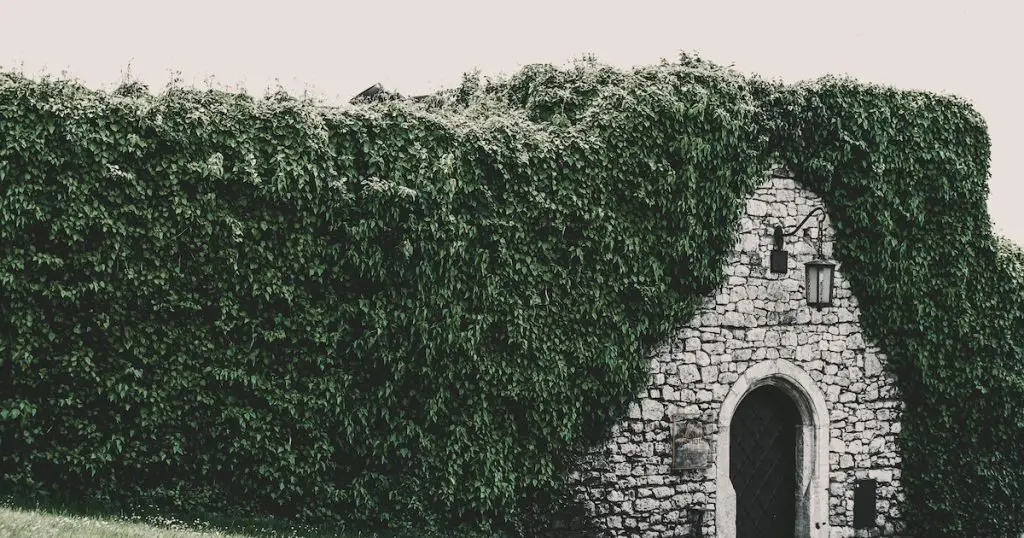Nestled in the heart of Arizona, Prescott is not just renowned for its rich history and captivating landscapes but also for its unique flora. The impact of Prescott’s flora on local home landscaping trends is nothing short of remarkable.

It’s amazing how the native plants, with their vibrant hues and adaptability, have woven their way into the very fabric of local home gardens. They’ve become an emblem of sustainable beauty that homeowners proudly embrace.
Historical Influence of Prescott’s Flora
Prescott’s flora has long held a place of significance in the region’s history. Historically, these plants have been integral to the lives of indigenous communities, serving as sources of food, medicine, and materials for crafting. The unique landscapes formed by the native flora have also influenced cultural narratives, artistic expressions, and local folklore.
Early settlers were drawn to the region’s verdant beauty and learned to harness the benefits of these plants, integrating them into their daily lives and agricultural practices. As the backdrop of countless historical events and an ever-present reminder of the area’s rich heritage, Prescott’s flora stands as a testament to the symbiotic relationship between nature and culture.
Native Plants and Indigenous Landscaping Practices
The region’s first inhabitants, the Native Americans, utilized the local plants not only for sustenance but also for their spiritual and medicinal properties.
Plants like the Agave parryi, which were essential for both food and fibers, also adorned their homes and ceremonial grounds. Native American Ethnobotany Database provides an extensive list of plants that indigenous tribes utilize for various purposes.
Intricately designed rock gardens and artful plant placements highlighted their intimate knowledge and respect for the environment. This deep bond between nature and the first residents set the foundation for future landscaping practices in the region.
Pioneer Settlements: Early Landscaping Choices
When pioneers began to settle in Prescott, they brought with them various plants from their native lands. However, they quickly realized that the key to successful gardening was embracing the local flora.
Plants like the Desert Marigold and the Scarlet Hedgehog Cactus became prominent features in early pioneer gardens. A stroll down Sharlot Hall Museum gardens gives a glimpse into these historical landscaping choices.
Evolution of Prescott’s Urban Landscapes
As Prescott transformed from a frontier town to a modern city, its urban landscapes also evolved. While there was a brief period when exotic plants gained popularity, the emphasis soon shifted back to native plants.
The resilience, beauty, and low maintenance of local flora made them the go-to choice for urban landscapes.
Characteristics of Prescott’s Indigenous Plants
Prescott’s indigenous plants are a captivating blend of resilience and beauty, uniquely tailored by nature to thrive in the region’s specific climate and soil conditions. Many of these plants have developed specialized adaptations to withstand prolonged dry periods, from succulent leaves that store water to deep root systems that tap into underground moisture.
Their natural color palette ranges from the earthy tones of desert grasses to the vibrant hues of blooming cacti, providing a visual spectacle throughout the year. Additionally, these plants often coexist in harmony with native fauna, offering nourishment and shelter. In essence, Prescott’s local flora embodies the spirit of the region: robust, beautiful, and harmoniously interconnected.
Adaptability to Harsh Climates
Native plants such as the Yucca and the Prickly Pear have developed mechanisms to withstand drought and extreme temperatures.
Their deep roots tap into moisture reserves, and their leaves often have a waxy coating to minimize water loss. According to Desert USA, these adaptive traits ensure their survival in arid conditions.
Aesthetic and Colorful Blooms
Despite the challenging environment, Prescott’s flora showcases a riot of colors.
From the vibrant oranges of the Globe Mallow to the delicate purples of the Desert Lavender, these plants bring life and color to local gardens.
Sustainability and Water Conservation Aspects
With water being a precious resource, the sustainability of Prescott’s plants is a significant advantage. They require minimal irrigation, thus promoting water conservation.
Organizations like the Arizona Native Plant Society actively advocate for their inclusion in home gardens for their eco-friendly attributes.

Wildlife Attraction: Birds, Bees, and Butterflies
One of the delightful benefits of planting local flora is the attraction of local fauna.
Birds such as the hummingbird, pollinators like bees, and a range of butterflies are often drawn to these gardens, creating a lively ecosystem right at home.
Recent Home Landscaping Trends in Prescott
Incorporating local flora into landscaping has a myriad of advantages. Beyond the obvious aesthetic appeal, native plants, having evolved in Prescott’s specific environment, require less water and fewer fertilizers, translating to both economic and environmental savings.
These plants have a natural resilience to local pests and diseases, reducing the need for chemical interventions. Moreover, they play a pivotal role in supporting local wildlife, from pollinators to birds, fostering a vibrant ecosystem right in homeowners’ backyards.
In essence, choosing local flora for landscaping is a sustainable, cost-effective, and ecologically responsible decision that also celebrates the region’s natural heritage.
Xeriscaping: Embracing the Desert
Xeriscaping, a trend focusing on water-efficient landscaping, has gained immense popularity. By incorporating drought-resistant plants and minimizing lawn areas, homeowners are creating stunning, sustainable landscapes. Check out some inspiring designs at the Xeriscape Council of New Mexico.
More homeowners are now blending aesthetics with functionality. By planting local edible plants like the Cholla or Mesquite, they are reaping the benefits of fresh produce while maintaining a beautiful garden.
Native Plant Revival: Reconnecting with Roots
There’s a renewed interest in native plants, and homeowners are sourcing them for their gardens. Nurseries have seen an uptick in the demand for local flora, and community plant exchange events are becoming more frequent.
Contemporary homes are seamlessly blending modern design with native plants. The clean lines of modern architecture, complemented by the rugged beauty of the local flora, create a harmonious balance.
Benefits of Incorporating Local Flora in Landscaping
Incorporating local flora into landscaping has a myriad of advantages. Beyond the obvious aesthetic appeal, native plants, having evolved in Prescott’s specific environment, require less water and fewer fertilizers, translating to both economic and environmental savings.
These plants have a natural resilience to local pests and diseases, reducing the need for chemical interventions. Moreover, they play a pivotal role in supporting local wildlife, from pollinators to birds, fostering a vibrant ecosystem right in homeowners’ backyards.
In essence, choosing local flora for landscaping is a sustainable, cost-effective, and ecologically responsible decision that also celebrates the region’s natural heritage.
Environmentally Friendly and Sustainable
Local plants have co-evolved with local insects and animals, creating a balanced ecosystem. They also require less water and fewer chemicals, reducing the environmental footprint of gardens.
Given their adaptability, native plants require less care. They need minimal watering, are resilient to local pests, and thrive without fertilizers, making them cost-effective in the long run.
Boosting Local Biodiversity
Planting native plants enhances local biodiversity. They offer habitats and food sources for local wildlife, ensuring a thriving and dynamic environment.
Incorporating local flora strengthens the bond between residents and their land’s history and culture. It’s a nod to the region’s heritage and an embrace of its future.
Challenges and Criticisms
While the adoption of Prescott’s native flora in home landscaping has its proponents, it isn’t without its challenges and criticisms. Some homeowners find it hard to transition, citing difficulties in sourcing authentic local plants or managing their growth patterns.
Critics argue that sticking solely to native plants might limit design creativity, while others express concerns about potential plant diseases endemic to native species.

However, as with any trend, understanding, adaptation, and knowledge-sharing can address many of these concerns, ensuring that the beauty and benefits of local flora can be seamlessly integrated into Prescott’s homes.
Limited Variety Concerns
Some critics argue that relying solely on native plants can limit the variety and creativity in gardens. They advocate for a balanced mix of both local and exotic species.
Though generally resilient, local plants aren’t immune to pests and diseases. Certain pests, like the Cactus Longhorn Beetle, can be particularly damaging.
Mismatch with Certain Architectural Styles
For homes with specific architectural styles, like Victorian or Colonial, native plants might seem out of place. These styles traditionally favor lush green lawns and exotic ornamentals.
Switching to a native plant-focused landscape might require a learning curve for many gardeners. Adjusting to their growth patterns and care needs can be a journey.
Case Studies: Prescott Homes Embracing Local Flora
Across Prescott, homeowners are taking bold steps to integrate the charm and resilience of local flora into their landscapes. Each garden tells a unique tale, from desert oases brimming with Saguaros to edible landscapes where every plant serves both culinary and visual delights.
These homes are not just about aesthetics; they narrate stories of sustainability, heritage, and a deep-rooted respect for the region’s natural environment. Through their endeavors, a tapestry of green spaces unfolds, setting a benchmark for sustainable landscaping and showcasing the true potential of Prescott’s indigenous plants.
The Desert Oasis
Nestled in the heart of Prescott is a home that stands out not for its architecture, but for its lush desert oasis. [Homeowner’s Name] took a barren patch of land and transformed it into a water-wise garden bursting with local color.
From the iconic Saguaro to the vibrant Indian Blanket Flower, every plant tells a story of resilience and beauty. A closer look at this garden, which was featured in Desert Landscaping Magazine, provides a masterclass in integrating local flora seamlessly.
The Edible Landscape: A Culinary Garden Journey
Another inspiring example is a culinary garden that doubles as a sensory delight. With an emphasis on edible local flora, the homeowner has created a space where every plant serves a dual purpose – aesthetic and culinary.
Mesquites are pruned to provide shade and their pods are harvested for flour. Prickly Pears are cultivated not just for their vibrant flowers but also for their delicious fruits. The journey of this garden was beautifully chronicled on Edible Desert Plants Blog.
Historical Homage: Preserving the Past in the Present
There’s a garden in Prescott that takes every visitor on a historical journey. By exclusively planting flora that has deep cultural and historical roots in the region, the homeowner has paid homage to the region’s past.
Every corner of this garden celebrated on the Prescott Historical Society’s website, is a testament to the rich tapestry of Prescott’s relationship with its flora.
Expert Insights
Drawing from the wisdom of seasoned landscapers, ecologists, and botanists, the move towards incorporating Prescott’s local flora in home gardens is more than just an aesthetic choice. Experts highlight the ecological, economic, and long-term benefits of such an approach.
By choosing plants that have evolved with Prescott’s unique climate and soil conditions, homeowners ensure healthier gardens that require less maintenance and fewer resources.
Additionally, these landscapes play a crucial role in supporting local wildlife and preserving the intricate balance of Prescott’s ecosystem. In essence, by embracing the region’s flora, the community is not only beautifying their spaces but also acting as stewards of their natural heritage.
Landscape Designers on the Value of Native Plants
Leading landscape designers from Prescott have been advocating the use of local flora for years. They believe that these plants not only provide aesthetic benefits but are also key to sustainable and eco-friendly designs.

An in-depth interview with top designers can be found on the Landscaping Design Central website.
Ecologists on Preserving Prescott’s Flora Legacy
Ecologists emphasize the ecological advantages of using native plants. By supporting local biodiversity and conserving water, these plants ensure a healthier environment.
Their perspectives, backed by research, are detailed in journals available at the Ecology and Environment Hub.
Numerous homeowners have shared their journey of transitioning to native plant-centric landscapes.
Their stories, filled with trials, triumphs, and immense learning, offer invaluable insights for anyone considering the shift. A collection of these heartwarming tales is featured on Prescott Garden Chronicles.
FAQs: Impact of Prescott’s Flora on Local Home Landscaping Trends
What are the top 5 recommended plants for Prescott Gardens?
The top 5 are Agave parryi, Desert Marigold, Scarlet Hedgehog Cactus, Globe Mallow, and Yucca.
How can homeowners combat pests common to Prescott’s flora?
Regular monitoring, using natural predators, and organic pesticides are some effective methods. More tips can be found in the Natural Pest Control Guide.
Are there local nurseries specializing in native plants?
Yes, many nurseries in Prescott focus on native plants. One renowned one is Prescott Native Nursery.
How do native plants contribute to water conservation?
Native plants are adapted to Prescott’s climate, requiring less water than non-native species. This is detailed further in articles on Water Wise Gardening.
Can I mix exotic plants with local flora in my garden?
Absolutely! It’s all about balance and ensuring the chosen exotic plants are not invasive or harmful to the local ecosystem.
Conclusion
Prescott’s bond with its local flora is a tale of beauty, resilience, and sustainability. The shift towards incorporating native plants in home landscaping is not just a trend but a testament to the region’s commitment to preserving its natural heritage.
As homeowners, ecologists, and designers come together, the gardens of Prescott will continue to bloom, telling stories of a past preserved and a future envisioned.



Leave a Comment
You must be logged in to post a comment.